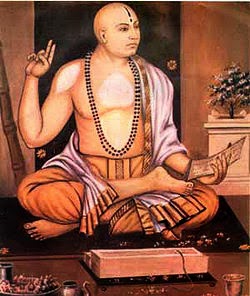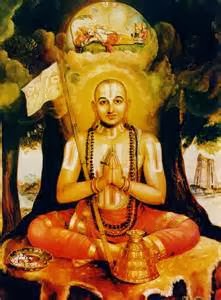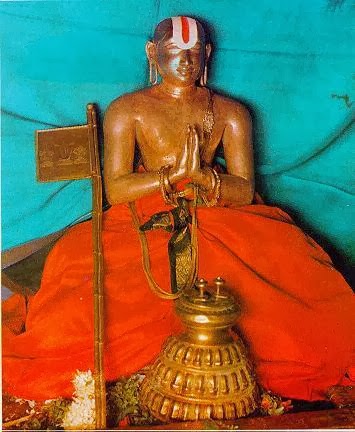Sri Madhvacharya :4.

The Pandits were defeated in the debate and with the conviction of the truth of the school of philosophy expounded by Purnaprajna, both of them became his disciples taking up Sanyasa. Shobana Bhatta became the famous Padmanabhatirtha who succeeded to the pontifical seat of Purnaprajnacharya. Samasastry became Narahari Thirtha and at the behest of the acharya stayed behind to obtain the images of Mula Rama and Sita from the treasury of the local prince. Padmanabha Tirtha followed his master and was greatly devoted to him. After his return to Udipi Purnapragna began to write various works establishing the new system of philosophy which has come to be called Dwaitasiddhanta. The cardinal point which distinguishes his system from others is the essential difference between Brahman who is Independent and all else which are dependent. This system has therefore come t be called Dwaitasiddhanta (the philosophy of Basic difference), Purnaprajnacharya declares himself at the end of ma





